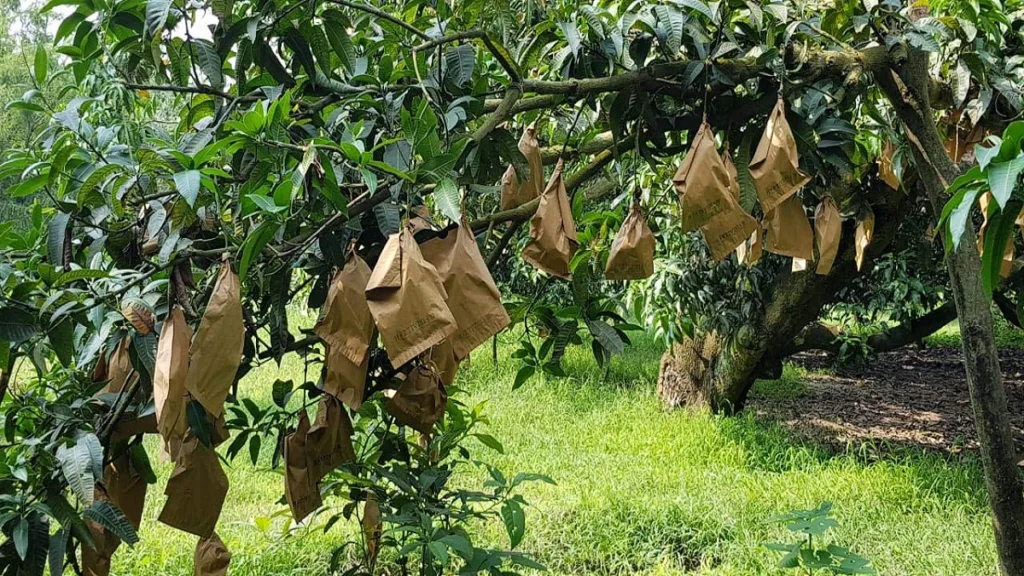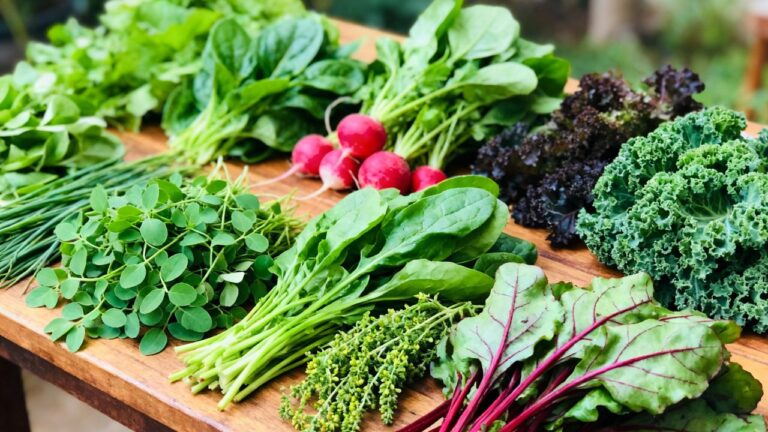
Mango Season's Delight Diminished by Climate Change and Pest Attacks. ( Pic Source: Unsplash )
This year’s mango season has arrived with much anticipation, but mango lovers are facing disappointment as the fruit lacks its natural color and flavor. The adverse effects of harsh climatic conditions, unseasonal rainfall, hailstorms, and increased pest attacks have taken a toll on the quality of mangoes available in the market. The impact is particularly significant on indigenous varieties such as Alphonso, Kesar, Dasheri, Chausa, Langda, and Lucknowi, as well as hybrid varieties like Amrapali and Mallika. Both the farmers and consumers have been adversely affected, leading to significant losses in profit for mango growers in Uttar Pradesh and Maharashtra.
Climate Change’s Impact on Mango Production
One of the primary factors contributing to the disappointment in this year’s mango season is climate change. The unseasonal rains and unexpected rise in temperatures have negatively influenced mango production in various parts of the country. The Konkan region, known for its rich mango production, has also witnessed a slump due to climate changes and pest attacks.

Particularly in Maharashtra, unseasonal rains during the flowering and fruit development stages have become increasingly common over the past few years. Additionally, extended low temperatures followed by sudden rises in maximum temperature from February to March have further affected mango production and quality. The Konkan districts of Thane, Palghar, Raigad, Ratnagiri, and Sindudurg have been particularly impacted.
Impact on Mango Farmers
The consequences of climate change and pest attacks have been devastating for mango growers. The loss of quality and reduced production has translated into significant financial losses for farmers. The unseasonal rains have particularly affected the production and quality of the renowned Alphonso mangoes in Maharashtra, which are highly sought after both domestically and internationally. The mango growers in the Konkan region have been struggling to cope with the challenges posed by unpredictable weather patterns and pests.
The Bagging Technique: A Solution for Mango Growers
Scientists have long been advocating the use of the bagging technique as a means to protect mangoes from pest attacks and preserve their quality. This technique has proven to be an effective way to safeguard mango production. Farmers who have implemented scientific advice, including the use of bagging, have been able to grow beautiful and delicious mangoes despite climate change.

The bagging technique involves placing individual mangoes inside bags when they are between 45 to 55 days old, and keeping them enclosed until harvest. This method eliminates the need for pesticide sprays after the fruits are bagged. By providing a physical barrier against pests, bagging significantly reduces pest damage and improves the overall quality of the mangoes. It also minimizes the risk of fungal infections and prevents fruit fly infestations, thus ensuring higher yields and better returns for farmers.
Conclusion
This mango season has been marked by disappointment due to the adverse effects of climate change and pest attacks on mango production. Unseasonal rains, hailstorms, and temperature fluctuations have resulted in a lack of natural color and flavor in many mango varieties. However, scientists have proposed the bagging technique as an effective solution to protect mangoes from pests and preserve their quality. Farmers who have followed this technique have managed to produce beautiful and tasty mangoes, even in the face of climate change. As mango farming is highly vulnerable to climatic variations, implementing such scientific advisories becomes crucial for ensuring a sustainable and prosperous mango industry in the future.






